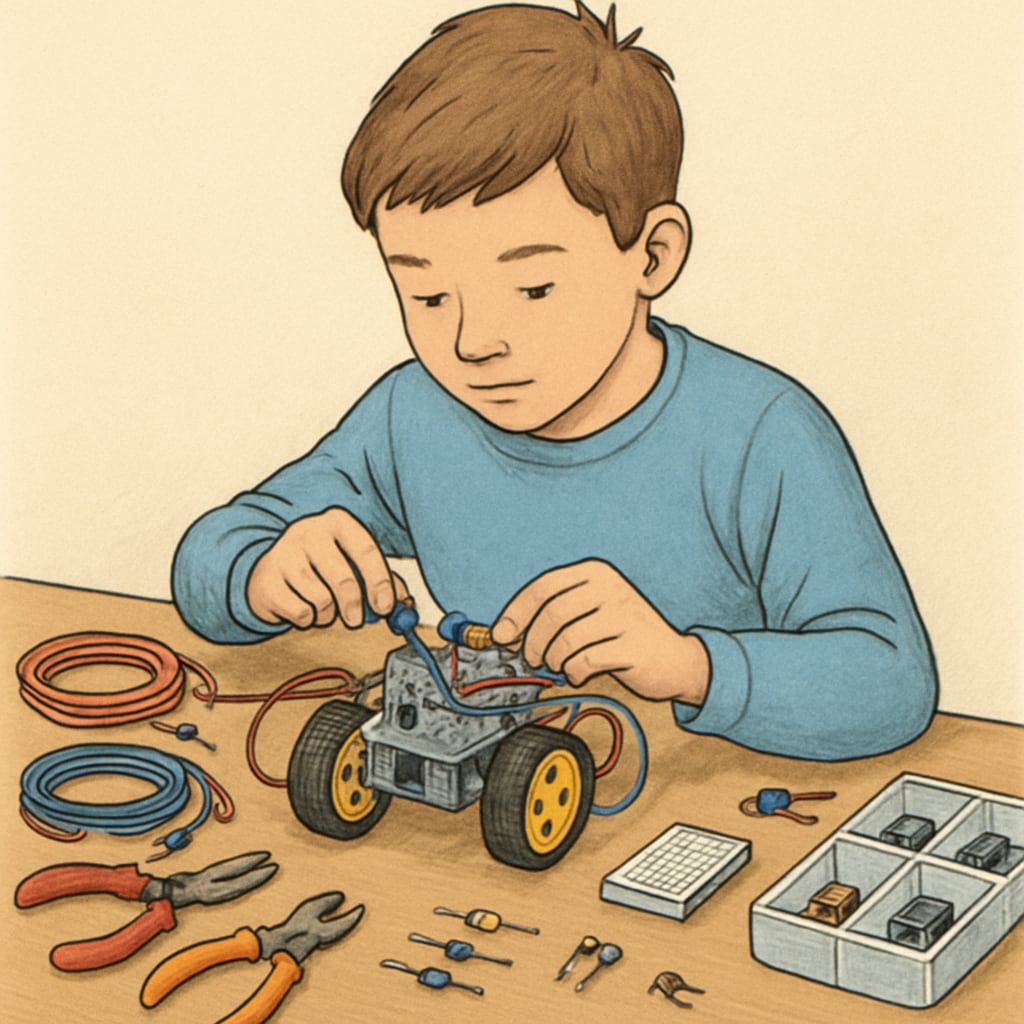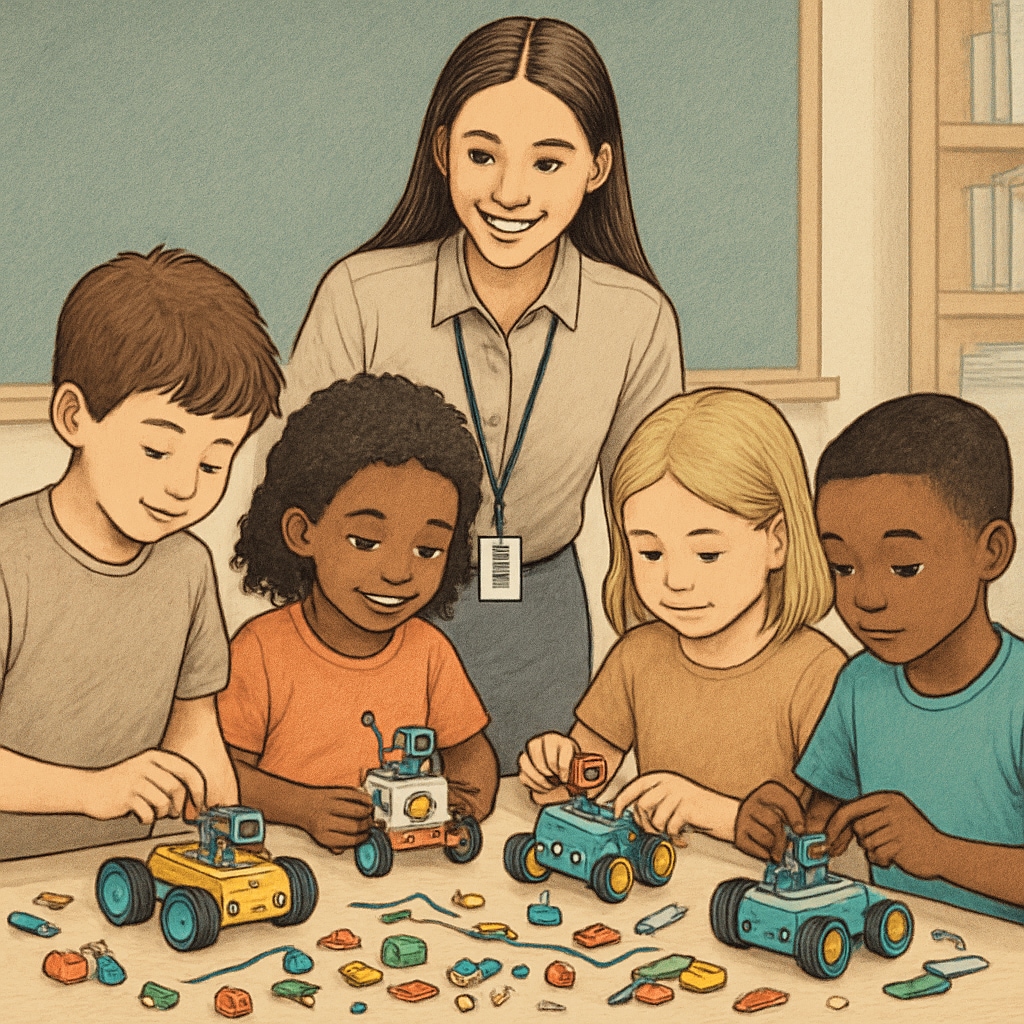When it comes to nurturing creativity, education choices, and early development, a one-size-fits-all approach often fails to resonate with children who exhibit a natural talent for hands-on activities. For a 4-year-old boy who thrives on building circuits or tinkering with robotics, traditional schooling may not fully engage his curiosity. Instead, parents need to explore alternative educational paths that foster his creativity while ensuring he achieves well-rounded growth.
Recognizing the Unique Learning Needs of a Hands-On Child
Children with a keen interest in practical problem-solving and invention often exhibit a learning style that thrives on active participation rather than passive instruction. These young inventors are constantly exploring how things work, dismantling toys, or building their own creations. Recognizing this tendency early is critical to providing the right kind of support.
According to research, hands-on learning improves engagement and information retention in children, especially during early childhood. For example, introducing STEM (Science, Technology, Engineering, and Math) toys or simple robotics kits can not only entertain but also educate. These tools allow young minds to experiment, fail, and try again—a cornerstone of both learning and innovation.

Creative Education Choices: Exploring Alternative Pathways
While traditional preschools focus on structured lessons and group activities, alternative approaches can better suit a hands-on, inventive learner. Below are some educational paths to consider:
- Montessori Education: Centered around self-directed learning, Montessori classrooms offer open-ended materials that encourage exploration and creativity. Tools like building blocks, puzzles, and science kits can appeal to a child’s curiosity.
- Reggio Emilia Approach: This method emphasizes project-based learning, where children pursue topics that interest them. A boy fascinated by circuits, for example, might work on creating a basic electric circuit as part of a class project.
- Homeschooling: For families seeking flexibility, homeschooling allows parents to tailor lessons to their child’s interests. Introducing robotics programming or DIY engineering projects can keep a hands-on learner engaged and challenged.
- STEM-Focused Programs: Many early childhood centers now offer programs focused on STEM education. These programs often include coding games, robotics workshops, and science experiments designed for young learners.
Parents can also supplement traditional education with after-school programs or weekend workshops in subjects like coding or robotics. These activities can provide a creative outlet while complementing core academic learning.

Balancing Creativity with Holistic Development
While nurturing a child’s inventive side is essential, it’s equally important to ensure their holistic development. A well-rounded education includes fostering social, emotional, and physical growth. Here are some tips:
- Encourage Play: Free play allows children to develop social skills, emotional resilience, and creativity. Activities like group games or outdoor adventures can complement structured learning.
- Introduce Arts and Music: Exposure to the arts can spark imagination and improve cognitive development. Whether it’s painting, playing an instrument, or storytelling, these activities balance technical skills with creative expression.
- Promote Problem-Solving: Encourage your child to think critically by asking open-ended questions. For instance, “What do you think will happen if we connect this wire here?”
By blending structured learning with opportunities for imaginative exploration, parents can help their child develop a broad skill set while nurturing their natural talents.
Conclusion: Building a Foundation for Lifelong Learning
Choosing the right educational path for a hands-on, creative 4-year-old boy requires thoughtful consideration. By recognizing his unique learning style and exploring alternative education choices, parents can create an environment that nurtures both creativity and early development. Whether through Montessori classrooms, STEM programs, or project-based learning, the goal is to inspire a lifelong passion for discovery and innovation.
As parents, you play a pivotal role in guiding your child’s journey. With the right support, your little inventor can grow into a confident, curious, and well-rounded individual.
For more information on the benefits of hands-on learning, visit Early Childhood Education on Britannica or explore Hands-On Learning on Wikipedia.


